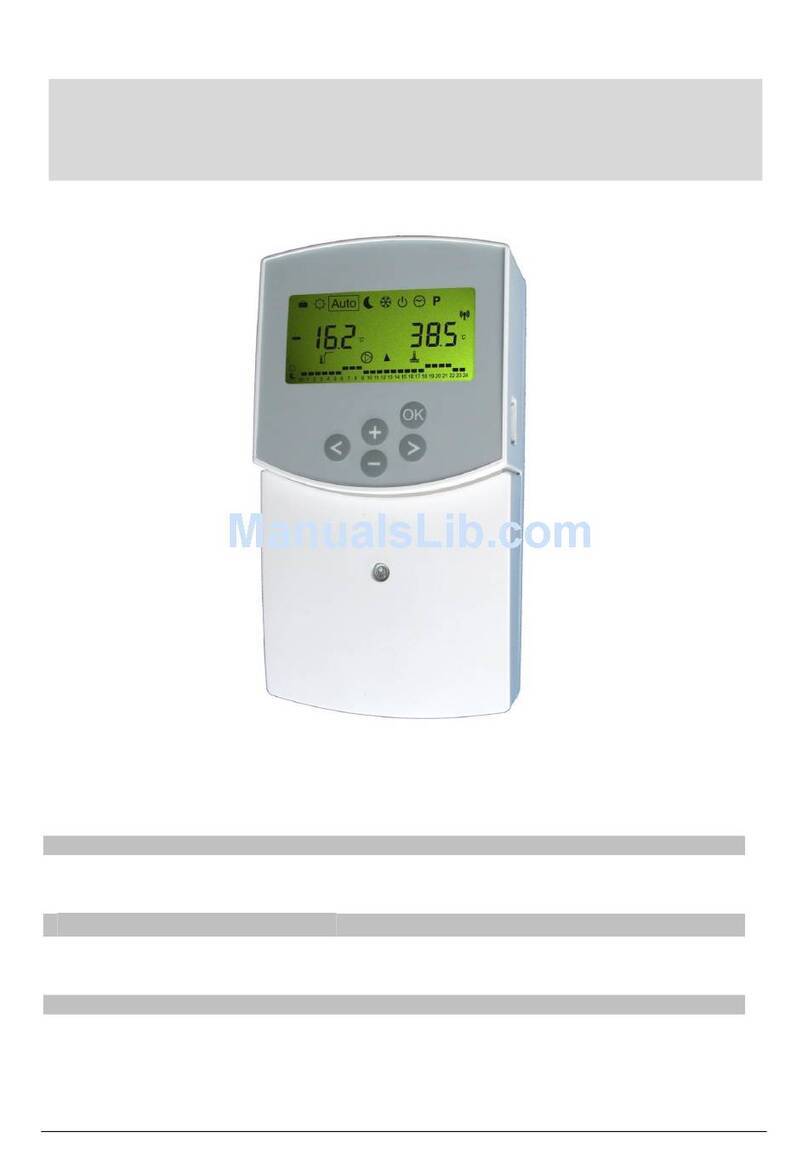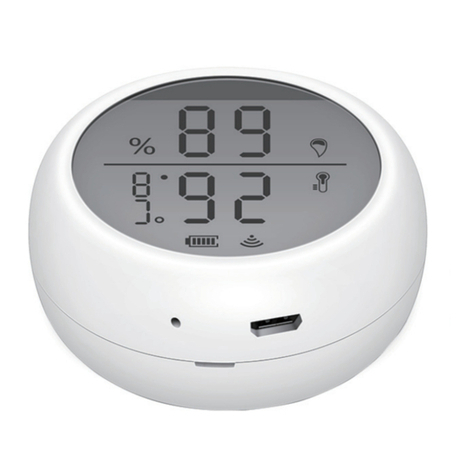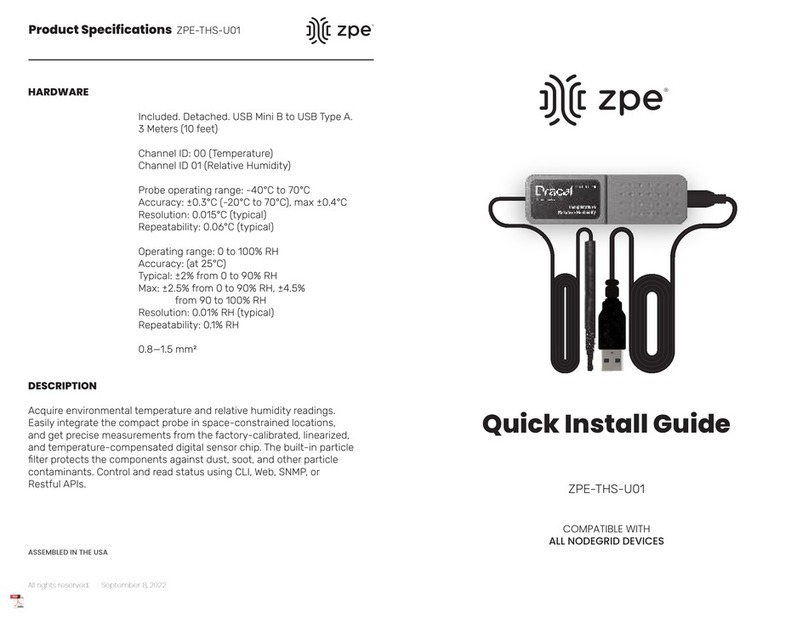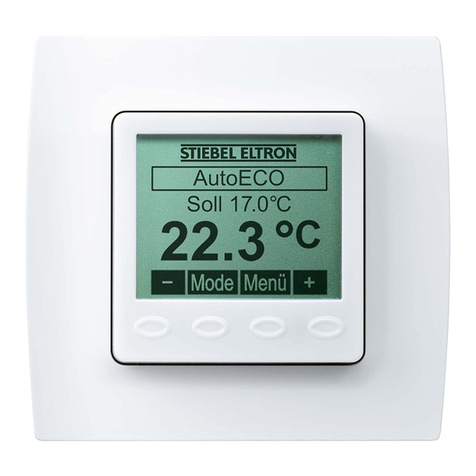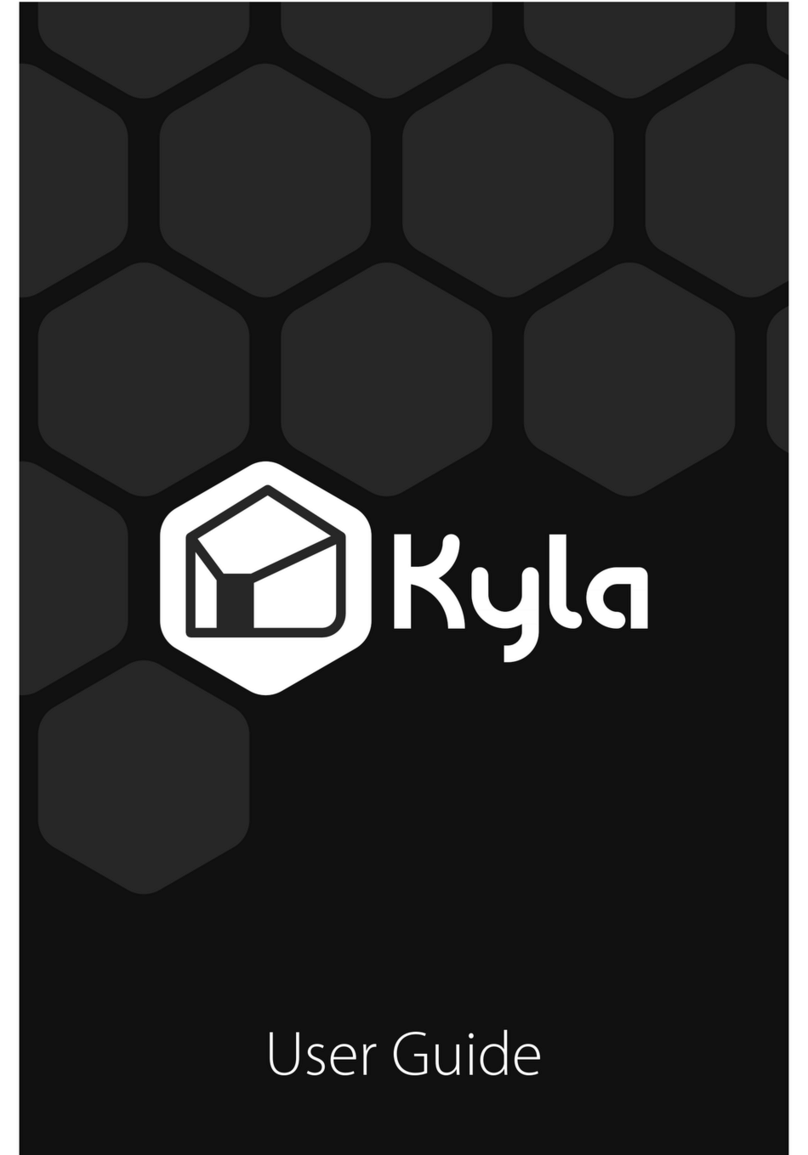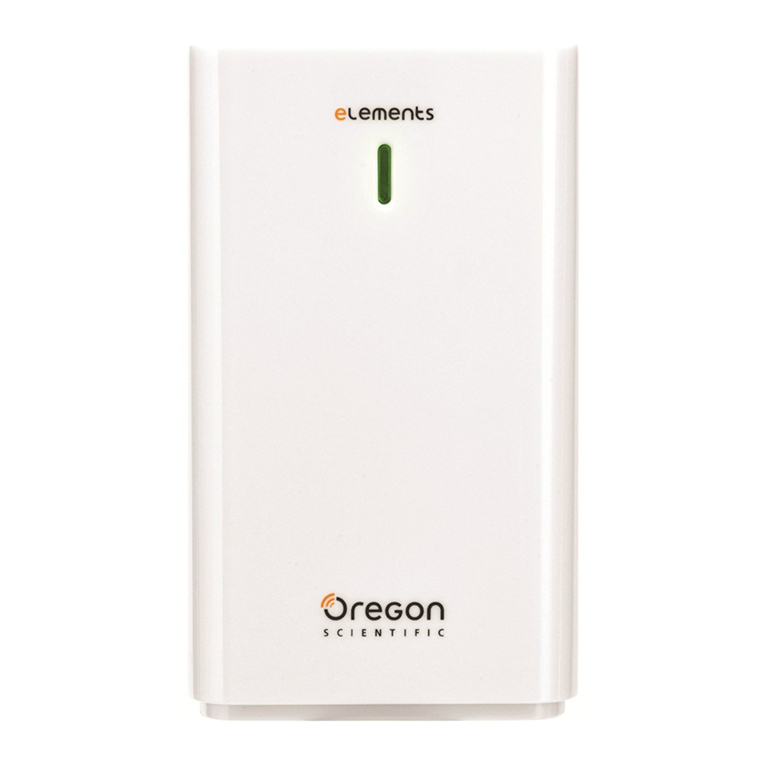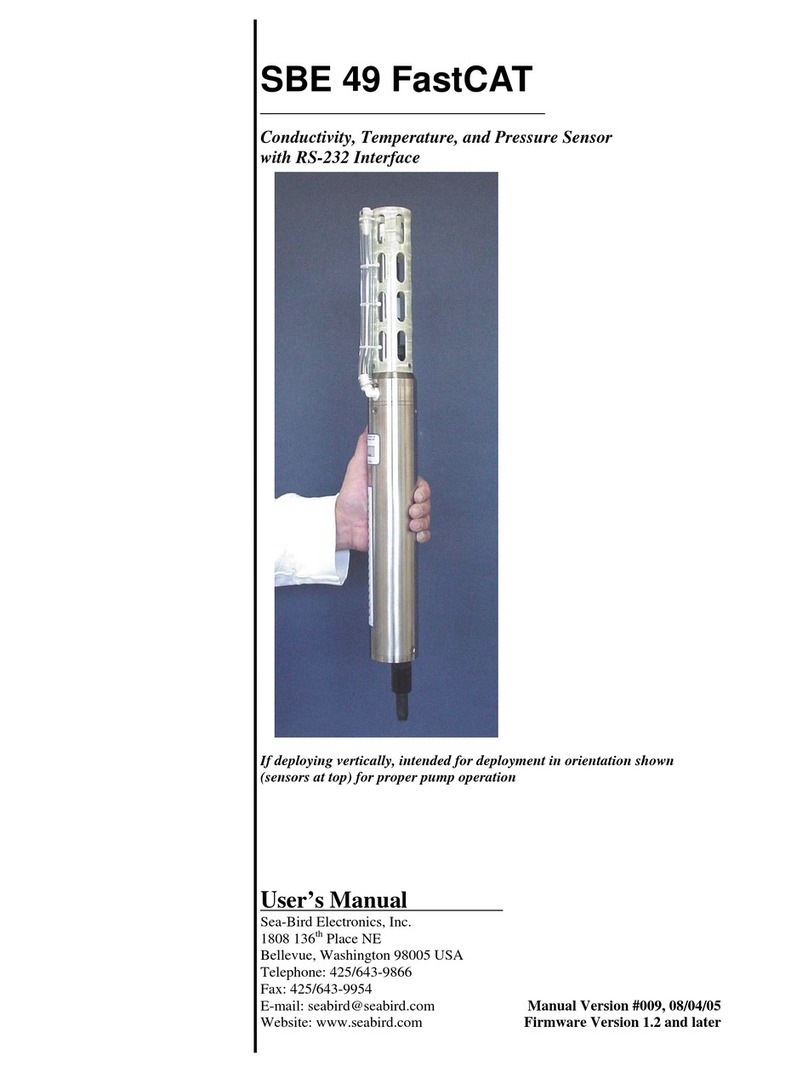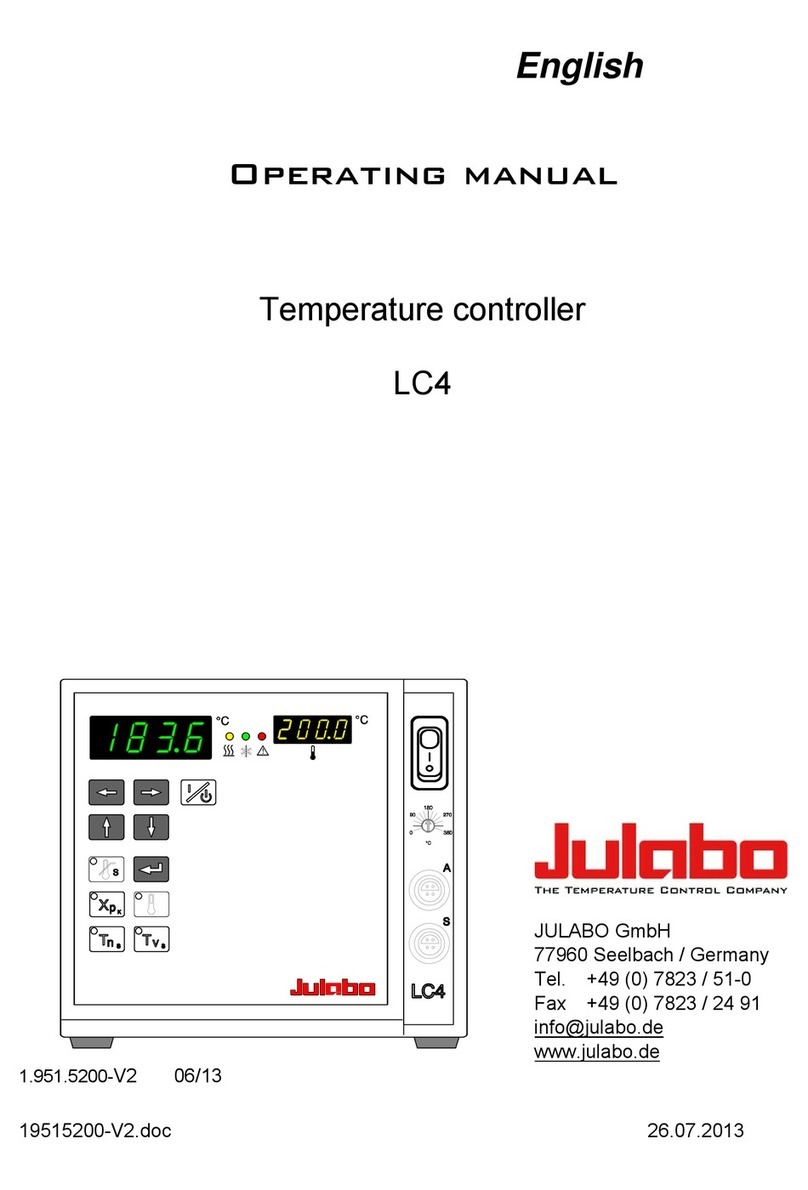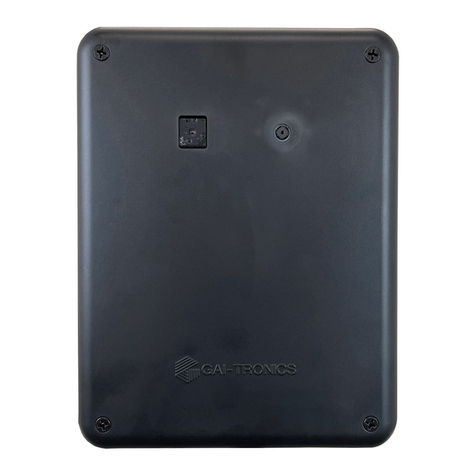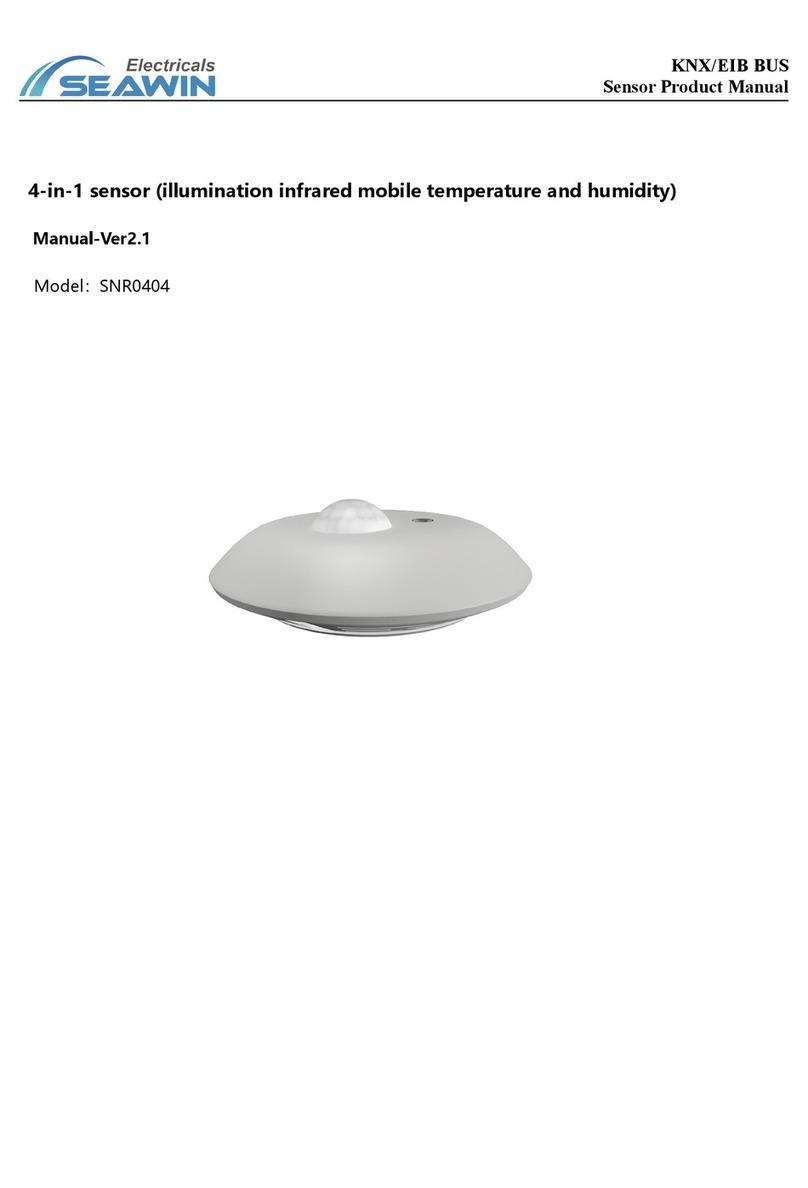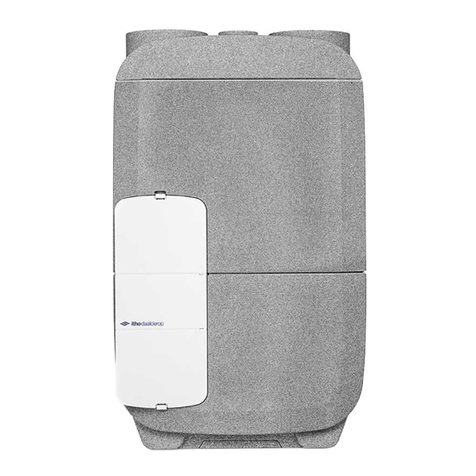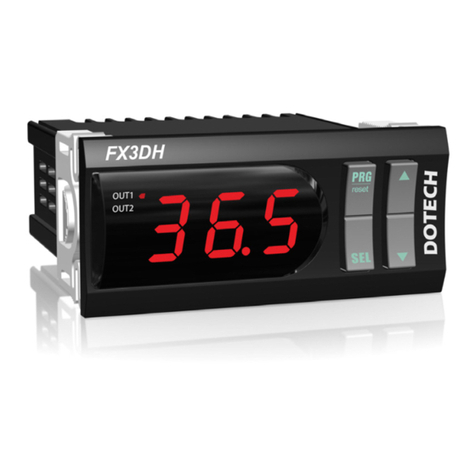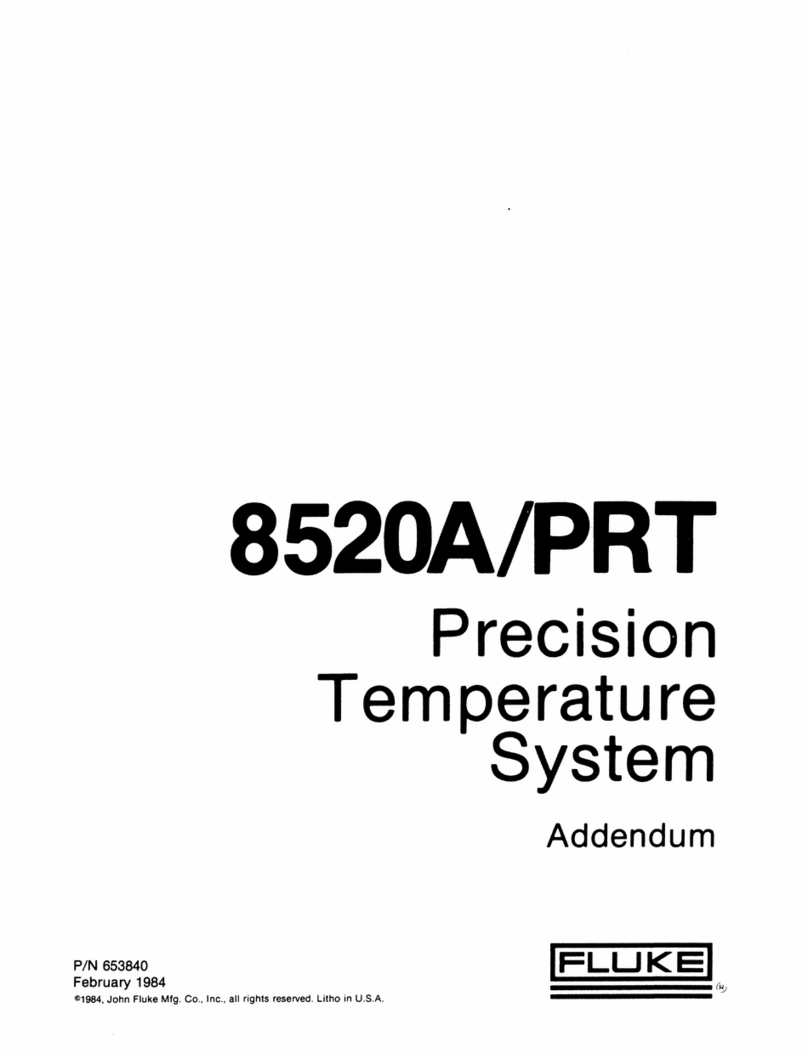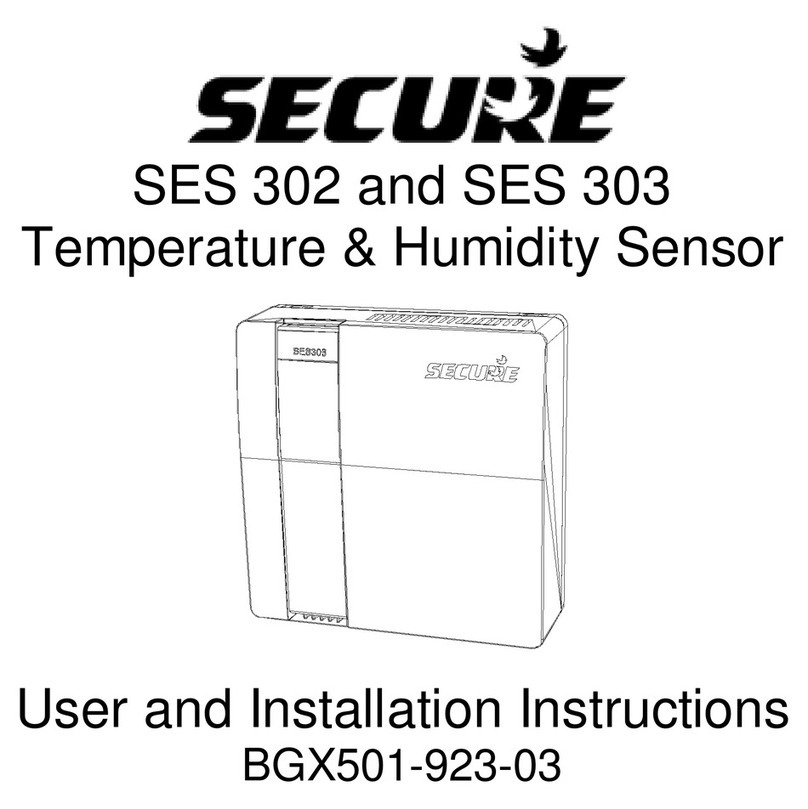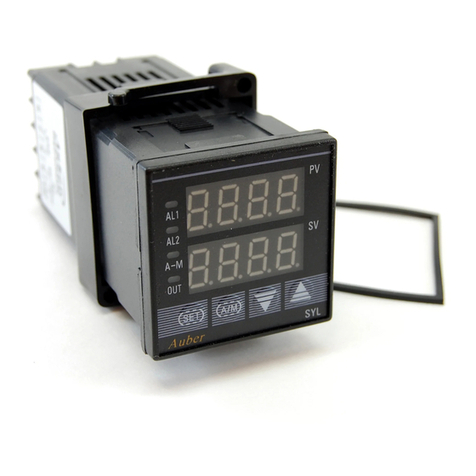Contents ii
PTC10 Programmable Temperature Controller
USB logging indicator .............................................................................................................52
.............................................................................................................................. 52
.............................................................................................................. 52
.......................................................................................................................53
..................................................................................................................54
........................................................................................................................... 54
................................................................................................................... 59
...................................................................................................................64
..................................................................................................................... 78
Firm ware updates..........................................................................................................85
Replacing the clock battery..........................................................................................86
Remote programming 87
Connecting to the PTC10...................................................................................................... 87
Communication, assembly, and run-time errors.................................................................. 90
Concurrent macros................................................................................................................90
Macro names.......................................................................................................................... 91
Command syntax ...................................................................................................................91
Rem ote instructions ......................................................................................................95
General instructions............................................................................................................... 95
IEEE 488.2 Instructions........................................................................................................... 99
Program submenu................................................................................................................103
System submenu...................................................................................................................106
<channel> submenu............................................................................................................110
Error codes...........................................................................................................................121
Startup macro.......................................................................................................................122
Sample macros.............................................................................................................123
Temperature profiles...........................................................................................................123
Control a feedback setpoint with an analog input..............................................................124
PID input scheduling.............................................................................................................124
Show channels with tripped alarms on the Numeric screen .............................................125
Make a virtual channel show the PID setpoint....................................................................125
Linearizing outputs when interfacing with external power supplies..................................125
Control instrument functions with the digital IO lines .......................................................126
Drive a solid state relay with the digital IO lines.................................................................127
PC applications 129
PTCFileConverter .......................................................................................................130
FileGrapher...................................................................................................................132
File menu...............................................................................................................................132
Edit menu..............................................................................................................................132
Process menu.......................................................................................................................134
Special menu.........................................................................................................................136
Command line and macro instructions...............................................................................137
Circuit description 141
Core system cards .......................................................................................................142
PTC212 CPU board.............................................................................................................142
PTC221 backplane...............................................................................................................142




















